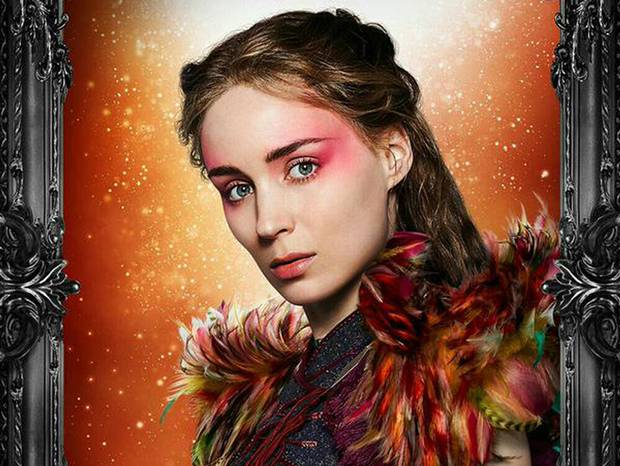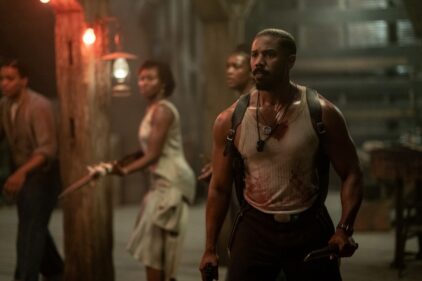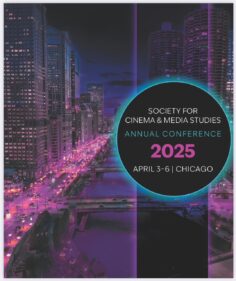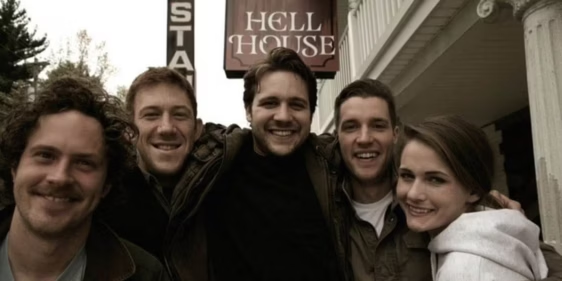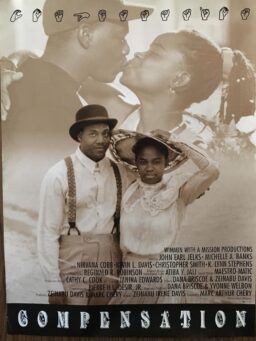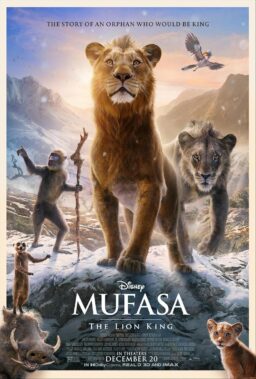So I tweeted a thing about Peter
Pan recently, and much to my surprise, the tweet sort of took on a life of its
own. Specifically, my tweet took issue
with the casting of Rooney Mara as the Native American princess character Tiger
Lily in “Pan,” the upcoming Warner Brothers live-action “Peter Pan” prequel,
reboot, and/or reimagination. Here’s the tweet in question:
Something’s odd about this new Peter #Pan movie, but I just can’t put my finger on it. #TigerLily pic.twitter.com/FTDpXj6OjZ
— Eric Haywood (@Eric_Haywood) November 25, 2014
Just for kicks, I’d decided to place
images of Mara’s Tiger Lily and the 1953 animated film’s version side-by-side.
I added my one-sentence commentary, fired off the tweet…and promptly forgot
about it, as I tend do with most of my tweets.
But there must’ve been something
about those juxtaposed images that struck a chord with people, because it
started coming back to me, again and again, in the form of retweets and
favorites on Twitter. Before I knew it, there were over 2,700 retweets and
almost 1,800 “faves” (as the cool kids call them) in less than 48 hours. And
that’s not including tons of manual retweets, which are pretty much impossible
to accurately track. But as I sat in front of my computer each day, the
retweets and faves kept coming, streaming down my TweetDeck “Notifications”
column like lines of code from “The Matrix.”
On a whim, I started checking the profiles
of some of the retweeters to see where they lived. How far had I reached? Where
in the world had this errant thought of mine ended up? I discovered that the
tweet had bounced all over the U.S. and Canada. And Germany. Finland. England. Canada.
Ecuador. Romania. Gdansk. The Philippines. France. Sweden. South Korea. This was an admittedly
unscientific approach to determining exactly where the tweet had traveled, but there
was no doubt that it managed to circle the globe pretty damn fast.
To mix Disney metaphors, I’d
tumbled down the rabbit hole.
Many of the retweets included one-word
comments like “Noooooo!”
and “WTF?” and “Whyyyy?,” along with the occasional “Welp,” which, to me, signaled a sort of
weary indifference to the whole issue of whitewashing (or “racebending,” as
it’s increasingly being called). Hollywood gonna Hollywood, those folks
seemed to be saying. And I understood that.
But mixed in with those responses,
I got a handful of tweets from people who weren’t so sympathetic to whatever it
was they thought I was trying to say. Here are a few examples:
REPLY #1: Something’s a bit weirder
when there are “Native Americans” in NeverLand. It’s not an issue.
And that’s where I really started
paying attention.
It’s “weird” to have Native
Americans in NeverLand? Okay. Let’s follow the logic: this person has no
trouble accepting a magical world where children can fly, dogs can spell, fairies
and mermaids exist, and everything revolves around a pointy-eared kid who
wrestles with his own shadow before sewing it back onto his feet, but
drop a few Native American characters into the mix, and suddenly it’s a bridge
too far? That’s the implausible part? I just can’t. I literally cannot.
Anyway. Moving on. There was also what
I like to call the “I want my country back” tweet (sic):
REPLY #2: yah just like something
is wrong with the new captain America.
Don’t get me started on this one.
What’s the similarity here? That Captain America and the original Tiger Lily are
both drawn characters? Because other than that, this comparison collapses under
the weight of its own absurdity. Without detouring too far into comic book nerdism,
suffice it to say that in the Marvel Comics universe, a white guy once wore the
Captain America costume, and currently a black guy wears it. Period. That’s two
different characters, and an entire storyline was built around this change.
They didn’t just arbitrarily swap one race for another and sell it to us as the
same person. So my esteemed panel of judges (okay, it’s just me) declared this
rebuttal a swing and a miss. Objection overruled.
And naturally, one cannot venture
into territory of this nature without being accused of “crying racism.”
REPLY #3: seems like no matter how
Tiger Lily is portrayed people are going to cry racism.
Oh. Wow. I didn’t even realize
that’s what I was doing. So I checked my cheeks—nope, no tears. No crying of
any kind, in fact. So this wholesale dismissal of the topic at hand is
ridiculous on its face.
Lastly, someone suggested that we
not even “go there.”
REPLY #4: #TigerLily & the
Indians as written = crass caricature by an Englishman. Maybe not going there
is the right call. #Pan
If I understand this one correctly,
the way to properly correct the “crass caricature” of the animated Peter Pan
is to, well…cast a white actress. Simply erase the presence of Native
Americans altogether, and bam—problem solved. Why didn’t anybody
think of this before? After all, this baby isn’t just gonna throw itself
out with all that damn bathwater.
That last tweet reminded me of Entertainment
Weekly’s take on the whole situation. Back in March of 2014, EW columnist Lindsey Bahr said of the
Rooney Mara casting in “Pan,” and of whitewashing in general, “the portrayal of Native Americans in the media is
always going to be a hot-button issue.” Wait, what? Why “always”? It only
continues to be a “hot-button issue” because of Hollywood’s embarrassing portrayal
of Native Americans, its tendency to cast white actors in the roles, and its shockingly
tone-deaf response to any criticism of same.
I’m simply not
willing to accept such a defeatist attitude. It doesn’t have to be this way. Give audiences a cool, three-dimensional
Native American character, and suddenly there’s no hot button to contend with.
To say that this will “always” be an issue is to tacitly admit that you have no
real problem with the status quo and are frankly pretty uninterested in seeing
it fixed.
As a sidebar,
2003’s live-action “Peter Pan” cast
Carsen Grey, an actress of Native American descent, in the Tiger Lily role. She
even spoke Iroquois in the film. Any controversy there? None that I can recall.
So it’s very much possible to get this right.
And then there’s
the other side of the racebending coin, represented by people who believe that
the recent castings of
Idris Elba as Heimdall in Marvel’s “Thor” films, Lucy Liu as “Elementary”’s
Watson, Quvenzhane Wallis and Jamie Foxx in this year’s “Annie,” and Michael
B. Jordan as the Human Torch in the upcoming Fantastic Four reboot have leveled
the playing field and rendered the whole issue dead. You’ll often find proponents
of this belief embroiled in internet debates like this one:
Person A: Everybody needs to stop
complaining! I can list five or six examples of traditionally-white characters
being portrayed by non-white actors!
Person B: Cool story bro. I can
list a hundred years’ worth of traditionally non-white characters being
portrayed by white actors.
Person A: Well…I guess we’ll just
have to call it even.
With all this in mind, I figured
it’d be unfair to write about Tiger Lily without first going back and
rewatching the 1953 version of “Peter Pan,”
which I hadn’t seen since childhood. So I did. And two things immediately
jumped out at me:
First, the animation is simply outstanding.
It holds up amazingly well, and Walt Disney’s genius as both a filmmaker and
businessman can’t be disputed.
Second, the film is undeniably,
embarrassingly racist.
Let’s start with the fact that
Tiger Lily belongs to the “Piccaninny” tribe. Yep, you read
that right. That name comes directly from the original 1911 Peter Pan novel, written by J.M. Barrie,
but Disney decided to keep it in what’s become a globally-recognized staple of
his enduring legacy (the genius giveth, and the genius taketh away). John
Darling informs his siblings early in the film, “Remember, the Indian is
cunning, but not intelligent.” After Peter Pan rescues Tiger Lily from Captain
Hook, the tribe treats everyone to a horrific song called “What Makes the Red
Man Red,” which is so cringe-worthy, it’s almost unwatchable. Even Wendy,
ostensibly the story’s most level-headed character, calls them “savages.” And
then there’s Tiger Lily herself, who only speaks a single word (“Help…” as she’s
drowning) in the entire film. She even remains completely silent during the
song and dance celebrating her rescue.
So
yeah…for all its eye-popping animation wizardry, the film’s a bit of a mess. In
hindsight, I’m amazed that it’s managed to enjoy such impressive staying power.
But I came away from my “Peter Pan”
viewing even more convinced that the solution to this ongoing “How do you solve
a problem like Tiger Lily?” question is not to be found in conveniently
eradicating the character’s Native American origins. That’s just plain lazy.
All of which brings me back to that
pesky tweet of mine, which has sailed past 3,300 retweets as of this writing. To
be clear, I attribute that degree of signal boosting to the ongoing appeal of
the Disney film, and the personal attachment people feel towards the version
Tiger Lily to whom they were most likely introduced as children. I’m not
foolish enough to believe that my tweet tapped into some wildly original
thought or blew the lid off a hot new story.
I’m annoyed by the whitewashing of
Tiger Lily, but my intent wasn’t to turn anyone against the film. I have no doubt
that it’ll do quite well at the box office…it’s Peter Pan, after all. But the
reactions to my tweet quickly became far more interesting to me than any issues
I might have with the casting itself. People don’t seem to like being reminded
that whitewashing is a thing. But not only is it a time-honored Hollywood
tradition, it’s one that’s showing no signs of going away anytime soon. Maybe
that’s what the first words spoken in Disney’s “Peter Pan” were trying to tell us six decades ago: this has all happened before, and it’ll all
happen again.
